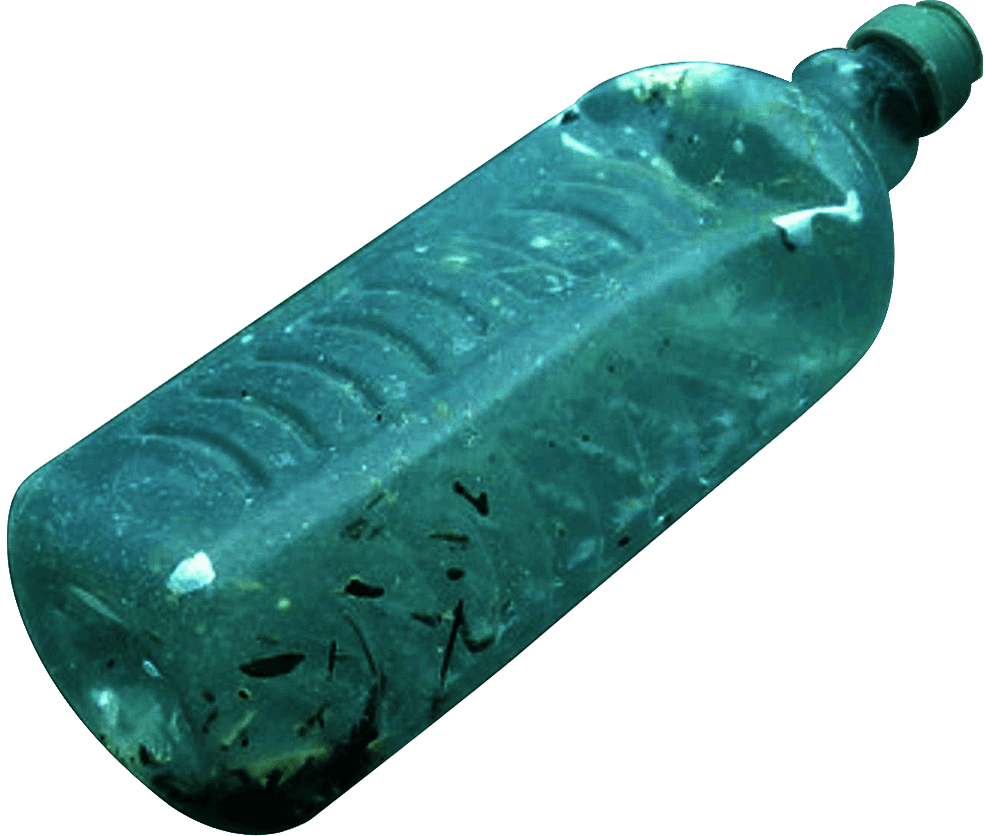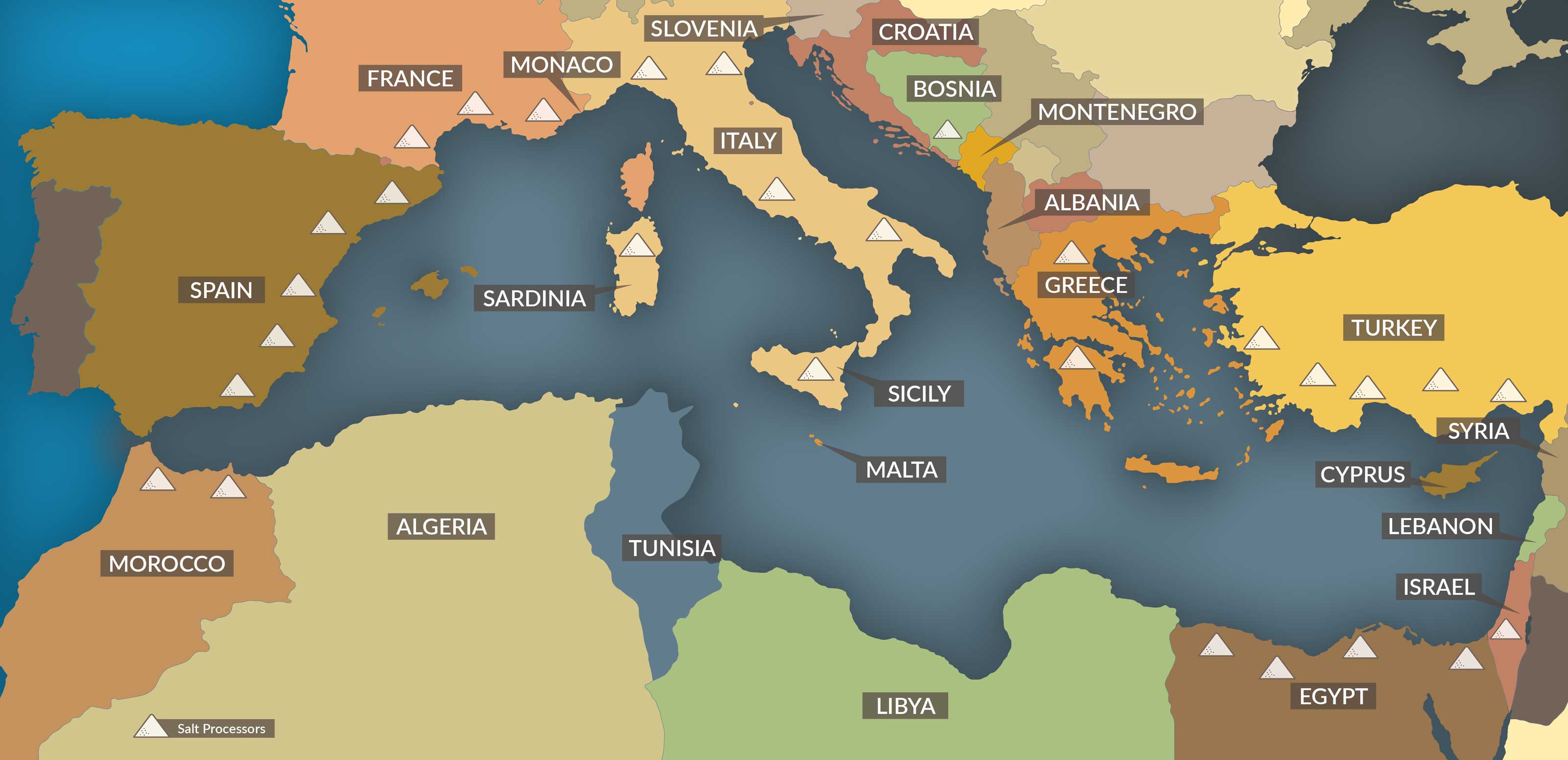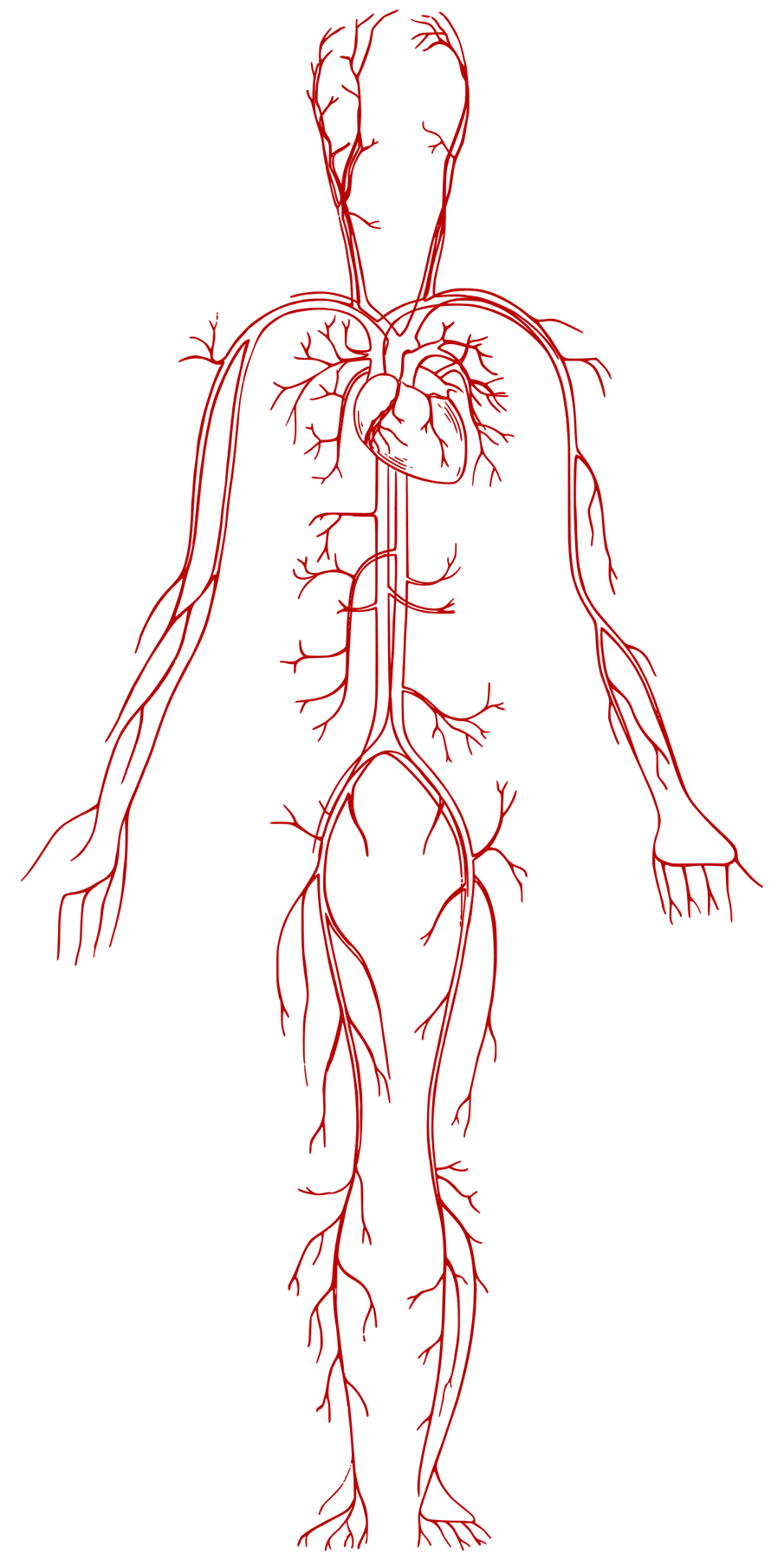When these non-biodegradable nanoplastic particles enter the bloodstream, they collect in organs such as the brain, heart, and lungs – even in the placentas of pregnant women.[14][15][16]




Shocking amounts of nanoplastics have been found in the seawater that is concentrated to make Mediterranean Sea salt.
Consumers are increasingly aware of where their food is sourced – what would happen if they found their food was made with plastic-laden salt, sourced from a cesspool of pollution?
The responsibility lies with the manufacturer to be sure they are not feeding people garbage. More and more scientists note that salt from the Mediterranean Sea is unsafe for human consumption,[15] and manufacturers have no excuse.

“The Mediterranean is one of the emblematic places of our heritage and yet it is inexorably submerged under a torrent of plastics.”
- Isabelle Autissier, President of WWF France[2]


As plastic pollutants stew in the Mediterranean Sea, exposure to sunlight, waves and sand continually degrade large pieces of contaminants into smaller and smaller particles known as nanoplastics.[8]
Plastic is not biodegradable. Even the smallest particles take several lifetimes to decompose, so once nanoplastics enter the human body, they remain in the blood and major organs.[14]



Nanoplastics are so small they are barely visible, even under the most advanced microscopes,[10] and they are found highly concentrated in Mediterranean Sea salt, fish and other plant and animal life,[17] all of which are consumed by humans.
“It’s a plastic smog...”
-Marcus Eriksen, co-founder of 5 Gyres[9]
“Producing salt from contaminated bodies of water leads to plastic in your salt shaker.”
- Dave Asprey, New York Times Bestselling Author[12]

